Through My Father’s Eyes
Recently, while speaking to my father, our conversation turned to his health and, more specifically, the special eye drops that were made for him in hopes of helping his eye “regenerate” from an injury. Fascinated, I realized that I was introduced to the idea of regenerative medicine, a rapidly growing — but still largely experimental — field that takes a new approach to treating disease. It attempts to restore a patient's health by rejuvenating, repairing or replacing damaged or degenerating cells, tissues, and organs. The goal is to improve form and function by relying on the body's ability to heal itself.
My father is the scientist in the family — not me — but the concept of regenerative medicine intrigued me. In my dad’s case, he had "serum tear" eye drops made to help with an irritation in his right eye. I asked him why they didn't just use regular eye drops. Isn't there an eye drop solution for every condition under the sun? Allergies, dry eye, eye infections, itchy eye, red eye…Well, it turns out that serum tears have unique properties.
They are made using blood drawn from a patient that is then spun in a centrifuge. The centrifuge separates platelets and plasma, the serum, from proteins and other substances in the blood. What is left over is a substance that can act as a lubricant for his eye, like traditional eye drops, but with nutrient-rich factors that promote healing via his DNA. How cool is that?
The conversation about regenerative medicine led me to think about how unique properties correlate to the business world. Unique properties, no matter how big or small, have the ability to define a company and develop symbiotic relationships between vendors and customers that seek that same DNA.
In the hyper-competitive business world, successful companies need not only get the big, apparent decisions right; they must also maximize benefit from the little things. Minor benefits via cost savings initiatives and operating efficiencies will contribute to business success, but what about client, vendor, and collaborative associations?
What would your business look like if you dealt with organizations that shared your same DNA? Would there be philosophical nutrients built into transactions that facilitate healing and growth within your organization?
How could your business health thrive if your vendor/customer relationships shared the same DNA?

